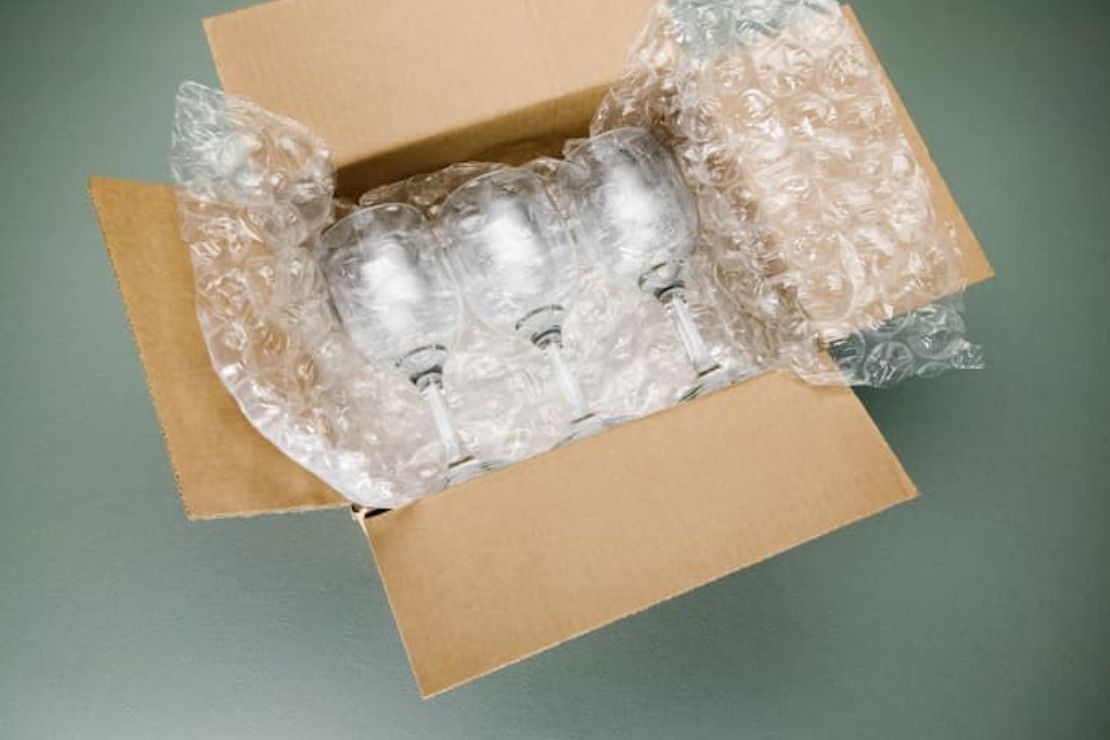
Packing glassware safely is critical to prevent breakage and ensure that your delicate items arrive in perfect condition. Whether you’re moving across Port Charlotte or across state lines, following a systematic approach will protect your glasses and give you peace of mind. This guide covers everything from gathering supplies to unpacking at your new home, with detailed tips and best practices.
Glass wares that are stemmed wine glasses, delicate champagne flutes, heavy tumblers, and specialty drinkware can shatter under stress. Even minor chips compromise aesthetics and functionality. Proper packing:
By investing time and quality materials upfront, you avoid the frustration and cost of replacing broken pieces.
If you’re still organizing your packing sequence, you might find it helpful to learn what to pack first when moving before preparing your glassware supplies. Investing in high-quality supplies makes packing faster, neater, and safer.
Having everything at hand prevents interruptions during packing and reduces the risk of rushing and mistakes.
Choose a clean, flat surface—a dining table or countertop—where you can spread out materials and work unhurriedly. Place a soft towel or blanket on the surface to cushion accidental drops. Organize your glassware by category:
This organization streamlines the wrapping process and ensures you track every piece.
Always wash and dry glassware before packing. Clean, dry glasses are safer to handle and reduce the risk of mold or damage.
Packing only intact glassware prevents weak pieces from snapping during transport.
Proper wrapping is the cornerstone of glassware protection. Use a combination of glassine sheets, packing paper, and bubble wrap for a multilayer approach. Just like protecting large items, you can wrap furniture for moving using similar layered techniques to prevent scratches and shocks.
Place a small bundle of packing tissue or a folded glassine sheet inside the bowl of the glass (not over the rim). This internal cushion prevents direct impact on delicate rims and helps maintain shape.
For extra protection, follow the paper layer with a second layer of bubble wrap around the bowl and stem.
Cardboard dividers or cell kits are ideal for keeping glasses separated. If you don’t have dividers:
Always pack glasses vertically to minimize pressure on rims and stems. Avoid laying them sideways, which concentrates weight unevenly.
If you haven’t secured the right box sizes yet, check out our detailed guide on where to get moving boxes to ensure your packing is built on a solid foundation.
After positioning glasses, fill all voids with loose paper or bubble wrap, ensuring no movement. The box should feel snug but not overstuffed; slight compression indicates proper cushioning.
Clearly labeled boxes reduce the chance of mishandling during loading and unloading.
Glassware boxes should ride on top of heavier appliances and furniture, never underneath. When loading:
Drive cautiously, avoiding harsh braking, rapid acceleration, and sharp turns.
Unpack glassware as soon as possible to reduce the time boxes spend in transit conditions.
Organize unpacked glasses on shelves with adequate spacing to prevent accidental bumps.
For extremely valuable or heirloom glassware, consider professional packing services offered by Flamingo Moving.
Flamingo Moving in Port Charlotte, FL, specializes in handling fragile and valuable household items. Our professional crews:
With years of experience serving Port Charlotte, Deep Creek, and Charlotte Harbor communities, Flamingo Moving ensures your glassware move is worry-free.
1. How many layers of bubble wrap and paper should I use per glass?
Optimal protection calls for three layers: a glassine or tissue internal cushion, one layer of packing paper, and a final outer layer of bubble wrap. Ensure each layer fully covers the bowl, stem, and base. For extra-delicate or heirloom glassware, add a second bubble-wrap layer.
2. Can I use towels instead of packing paper for glasses?
Towels can offer cushioning but may shift during transit and trap moisture. Paper products are lint-free, conform to glass shapes, and fill voids more securely. If using towels, wrap each glass in paper first, then layer a towel over that and secure with tape.
3. What’s the best box size for packing stemware?
Choose small (1.5–2 cubic feet) boxes designed for glassware to minimize empty space. Boxes should be sturdy, double-walled if possible, and compatible with cardboard dividers. Avoid large boxes that encourage stacking and movement of fragile items.